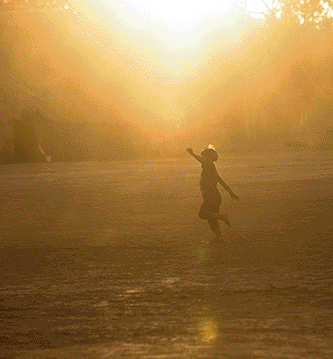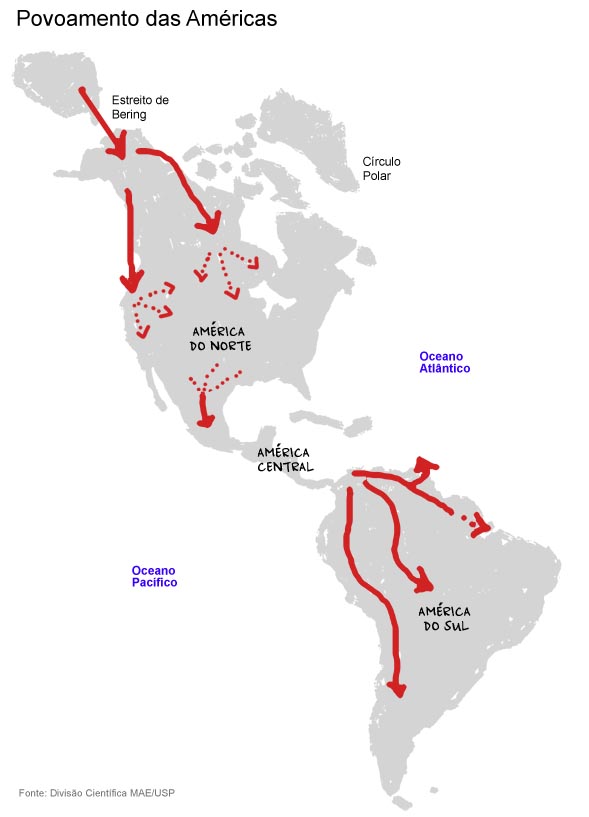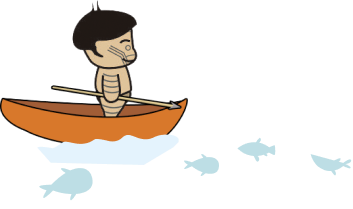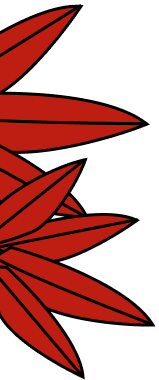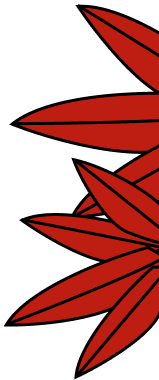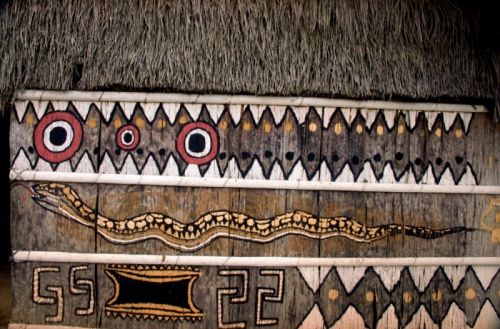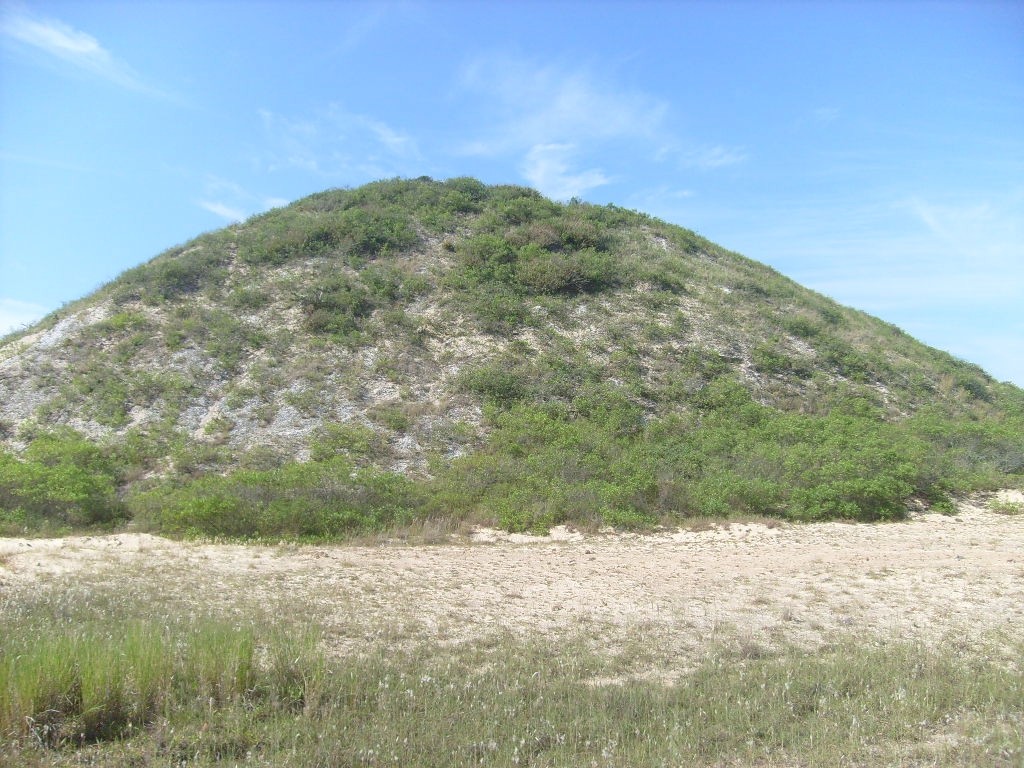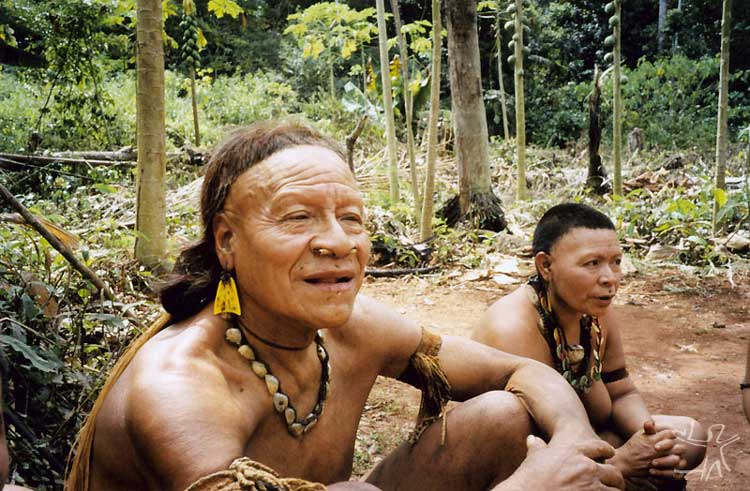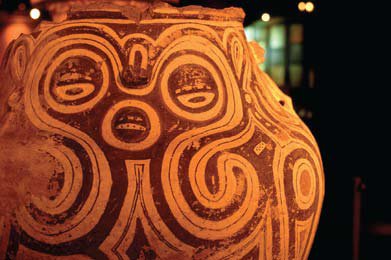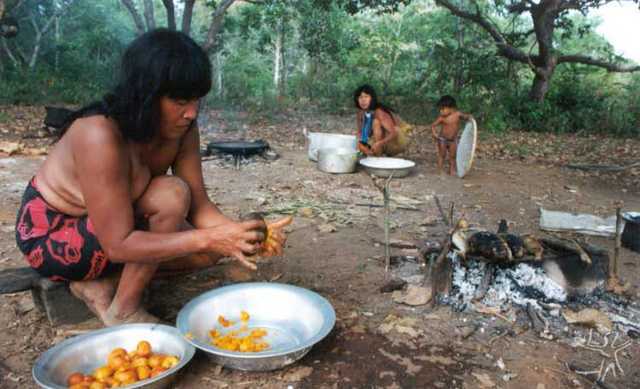There are more than 272 different indigenous peoples in Brazil.
This makes up a population of more than 1.7 million people!
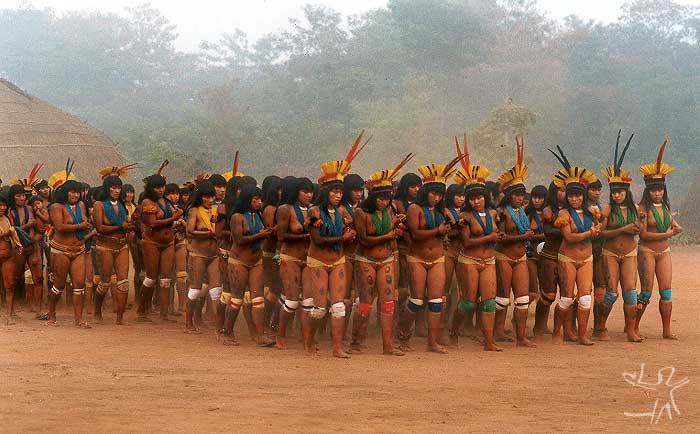
Most Indians live on areas of indigenous land. The remainder live in towns and cities across Brazil
Brazil’s indigenous peoples speak many languages. There are about 160 different indigenous languages!
There were even more languages spoken by indigenous people in what is now called Brazil before the territory was colonized.
Many studies suggest that, in the sixteenth century, there were between 8 and 10 million Indians living in what is now Brazil. They belonged to more than a thousand different peoples, and spoke more than a thousand different languages!
Where does the word Indian come from?
- The word Indian comes from a mistake made by the first colonizers. When they reached the Americas, they thought they had arrived in India. So they called the local people Indians!
In Brazil, this word has the same meaning as indigenous. Indigenous means "what is native, or comes from the original people of a particular locality".
In the past, the word ‘savages’ was widely used to refer to indigenous peoples. ‘Savages’ means people who are uncivilised, primitive and cruel. The term is totally inappropriate, because these are not characteristics of indigenous people or of their culture.
What makes somebody an Indian?
An Indian is, above all, someone who feels that they belong to an indigenous community, and who is seen, by that community, as a member of it.
What is an indigenous community?
It is a group of people who:
- maintain family and neighbourly ties amongst themselves;
- is made up of descendents of people who lived in the Americas before Europeans arrived;
- live in ways which have grown out of the way of life of the original indigenous population of the Americas
Are all Indians the same?
In one way you could say that all Indians are the same. The term ‘Indians’ refers to groups who see themselves as similar. And they do have things in common.
These similarities mean that, in some situations, different indigenous peoples identify with each other and even refer to each other as "the same".
But if you actually compare one indigenous group to another, you soon see that not all indigenous people are the same.
It all depends which way you look at things!
What are native populations?
Native populations are people who are descended from the first inhabitants of a particular location.
It is estimated that what became known as Brazil was inhabited by such people 12 thousand years ago!
What do the indigenous peoples of South America have in common?
For thousands of years, the people living in the Americas coexisted, shared knowledge and experiences and established relationships based on trade. This created many common characteristics.
The common characteristics mean that all the indigenous peoples of North, Central and South America can be referred to as one group. They are known as Amerindians. Amerindians are the original people of the Americas
Another part of the common history of these peoples is their experience of colonization and the impact of the violent actions of colonizers on their lives.
As a result of the violence they suffered, whole peoples were completely wiped out. Others had their numbers greatly reduced. They lost their land. Their cultures and their identities were devalued and disrespected. Unfortunately all Amerindian peoples have suffered this tragic experience.
Because of the things they have in common, Indians see themselves as different to non-Indians. And they use the term whites to refer to non-Indians
What else makes Indians different from non-Indians?
It is important to remember a point already made: that Indians are the original inhabitants of the region now known as Brazil. As such, they have been through historical experiences very different to the people who arrived after 1500.
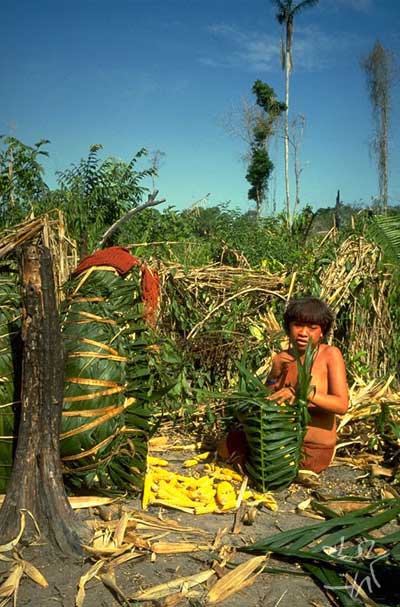
Photo: Eduardo Viveiros de Castro To find out more about this history have a look at Before Cabral.
But Indians are different from non-Indians in many other ways. They think differently. They relate to the environment around them differently. Indigenous peoples have a long history of using natural resources without putting them at risk. This is because their lifestyles depend on their relationship with nature. Food, medicines and raw materials used to build their houses are all traditionally taken directly from the natural world. This means that they have developed a deep knowledge of the environments in which they live.
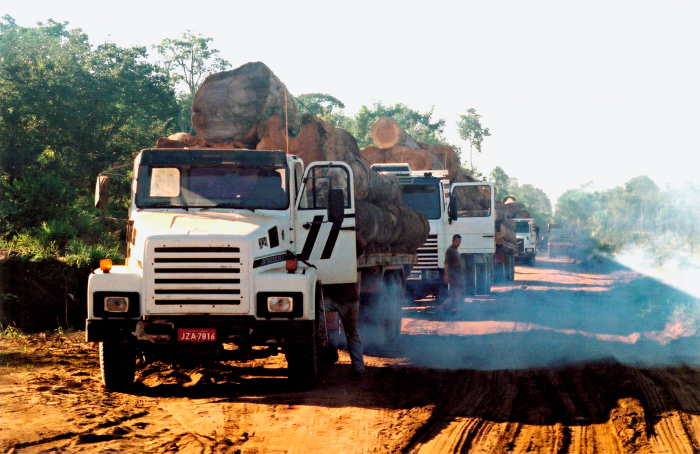
ISA Archive On the whole, non-Indians use the natural environment in destructive ways, deforesting to sell timber, polluting rivers with industrial waste, and not considering the negative effects on future generations.
Watch the film Pajerama!
This is a story created by Leonardo Cadaval. It poses questions about the differences between Indians and non-Indians by looking at the ways each of them relates to the environment.
To find out more about the ways that Indian communities relate to the environments around them, have a look at Where they are and Ways of living in the environment.
If Indians spend a lot of time with whites, are they still Indians?
Things change when Indians come into contact with non-Indians. But, in spite of this, Indians consider themselves different to whites and they hold on to their identities as distinct groups with their own cultures. The same is true for indigenous people who live in more intense contact with non-Indian culture.
What is ‘identity’?
‘Identity’ is a way of seeing the difference between groups or individuals. For example, Indians see themselves as different to others in Brazilian society. As such, they have a common identity. At the same time, non-Indians see themselves as different to Indians.
Indians and non-Indians are, therefore, groups with distinct identities.
Who are ‘whites’?
In many situations non-Indians regard themselves as similar. French people and English people, for example, share one identity as ‘Europeans’ (as opposed to ‘Africans’ or ‘South Americans’). But they are still very different from each other. They speak different languages. They hold different sorts of celebrations, and have quite distinct habits and customs. Although this is true, they have much in common historically. They come from the same region, and share many characteristics. You often hear people refer to ‘Europeans’, even though they are grouping together peoples who are quite distinct from each other in many ways!
The same thing applies in Brazil. Brazilians are people from many different origins. There are those whose roots go back to Africa. Others are descendents of European immigrants (from Portugal, Italy, Germany etc.) Some have Asian origins (in Japan, China or Korea...). There are also differences between people born in different regions of Brazil. People from the north east of Brazil are different from people from the south, and they are different from people from the north.
It is clear, therefore, that those referred to by Indians as whites, are actually people of many different origins and from many different cultures. That is why the most appropriate term for this mixed population who are different to Indians, is non-Indians.
Are all indigenous groups different to each other?
Yes! Each indigenous group has its own cultural traditions, history, knowledge and customs.
Although there are similarities between indigenous peoples, when they compare themselves to each other they are well aware of the differences. Because they notice the unique characteristics each group has.
This is why you cannot say there is one single ‘indigenous culture’. Each community has its own way of being.
There are many different indigenous cultures!
To find out more about the diversity of indigenous cultures in Brazil, have a look at How they live and try playing in our Virtual Village!
Sources of information
- Eduardo Viveiros de Castro
No Brasil todo mundo é índio exceto quem não é (2006) O Brasil é Grande, mas o mundo é pequeno (2008)
- Julio Cezar Melatti
Índios no Brasil (2007)


 Portugues
Portugues
 German
German
 Spanish
Spanish
 Norwegian Bokmål
Norwegian Bokmål
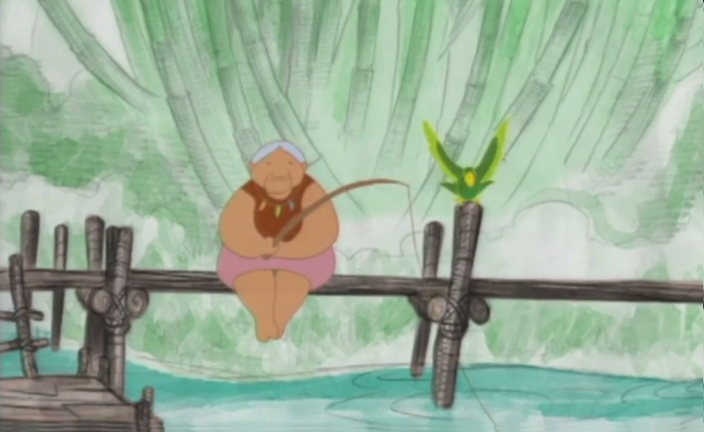 Ilya e o fogo
Ilya e o fogo String figures: Ketinho Mitselü
String figures: Ketinho Mitselü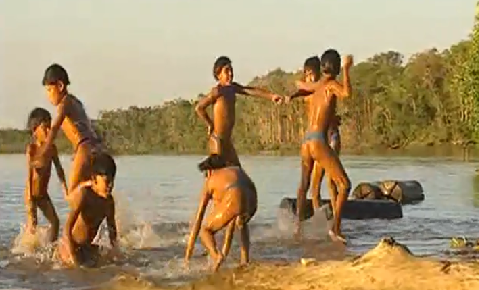 Toys and games of the Kalapalo: Ikidene
Toys and games of the Kalapalo: Ikidene